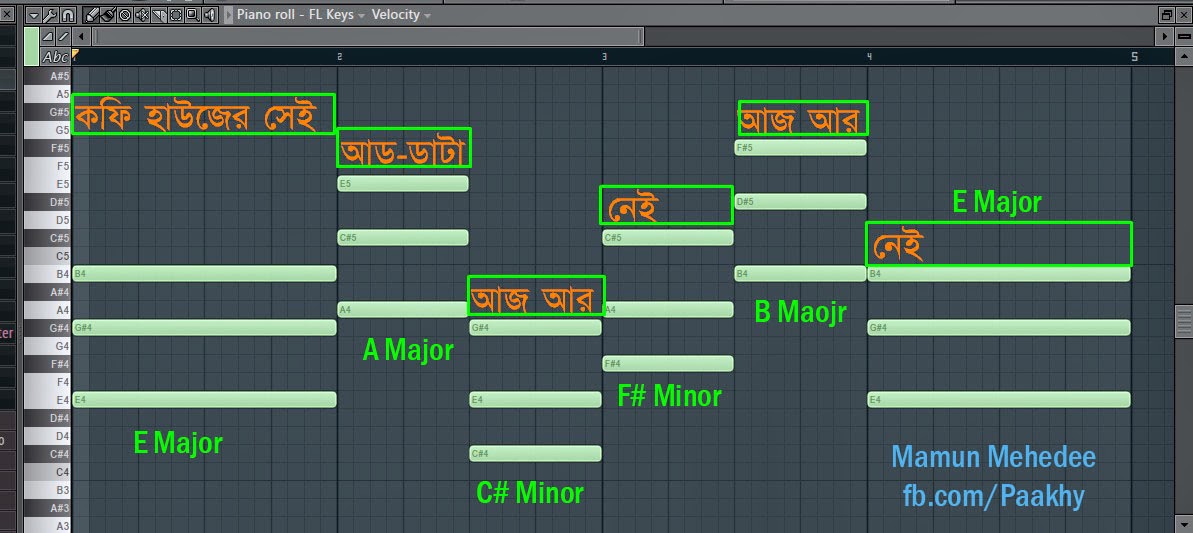

The cookie is used to store the user consent for the cookies in the category "Performance". This cookie is set by GDPR Cookie Consent plugin. The cookie is used to store the user consent for the cookies in the category "Other. The cookies is used to store the user consent for the cookies in the category "Necessary". The cookie is set by GDPR cookie consent to record the user consent for the cookies in the category "Functional". The cookie is used to store the user consent for the cookies in the category "Analytics". These cookies ensure basic functionalities and security features of the website, anonymously. You can learn more about modal harmony, and further train your ears to modal movements here.Necessary cookies are absolutely essential for the website to function properly. The tonic therefore also defines the key center of the progression.

So we're listening out for movements that support/resolve around a tonic degree other than the more common I and vi of the major scale. There are also certain chords and movements that support a particular mode and its tonic chord more than others.

This is because for a modal tonic to feel like "home", it tends to avoid resolving on stronger tonics such as the I and vi of the major scale, which you'll hear in the majority of songs. In most cases, a modal progression won't use every chord from the scale. A common Mixolydian movement you'll hear, therefore, is between its I and ♭ VII (or V and IV relative to its parent major scale degrees).īecoming aware of these differences between the chord relationships of regular major and minor keys and modal keys will help you identify which mode a movement is connected to. As a major mode, this modified v is one clue we are not in the more common major (Ionian) key, which would have a major V.Īnother Mixolydian clue is the major ♭ VII, a whole step down from the tonic. We can see Mixolydian's 5th degree chord ( v) is minor, based on its position in the scale relative to the new tonic. We know its tonic is Dm, based on the ii of the C major scale. ii, iii, IV, V) being "home" and the relationship between the chords being played around that degree.įor example, take D Dorian. It can be easier to start with the Scale and Key and paint the chords manually within that. This is determined by both the feeling of another degree (e.g. In a way, the biggest challenge for understanding modal progressions is knowing when a major or minor key doesn't resolve around the more common I or vi of the scale. This means the progression will typically begin or feel at rest on one of these other degrees. But we can also have a "Dorian tonic", built on the ii of the scale. Most often it'll be Ionian ( I) or Aeolian ( vi), the natural (and strongest) major and minor key centers. With a modal progression, one of the degrees of the parent scale becomes the tonic. The tonic of a progression can also be thought of as the "home" chord, or the center around which a movement or progression resolves. My chord progressions section will help you with this. Get to know the harmonised major scale sequence in all keys first, then identifying modal progressions will be a lot easier.

So all we're really doing is harmonising the appropriate major (parent) scale in chord form and identifying one of its degrees as the center/tonic of our modal progression. This is how we'd get the chords for our modes G Ionian, A Dorian, B Phrygian, C Lydian, D Mixolydian, E Aeolian and F♯ Locrian.


 0 kommentar(er)
0 kommentar(er)
